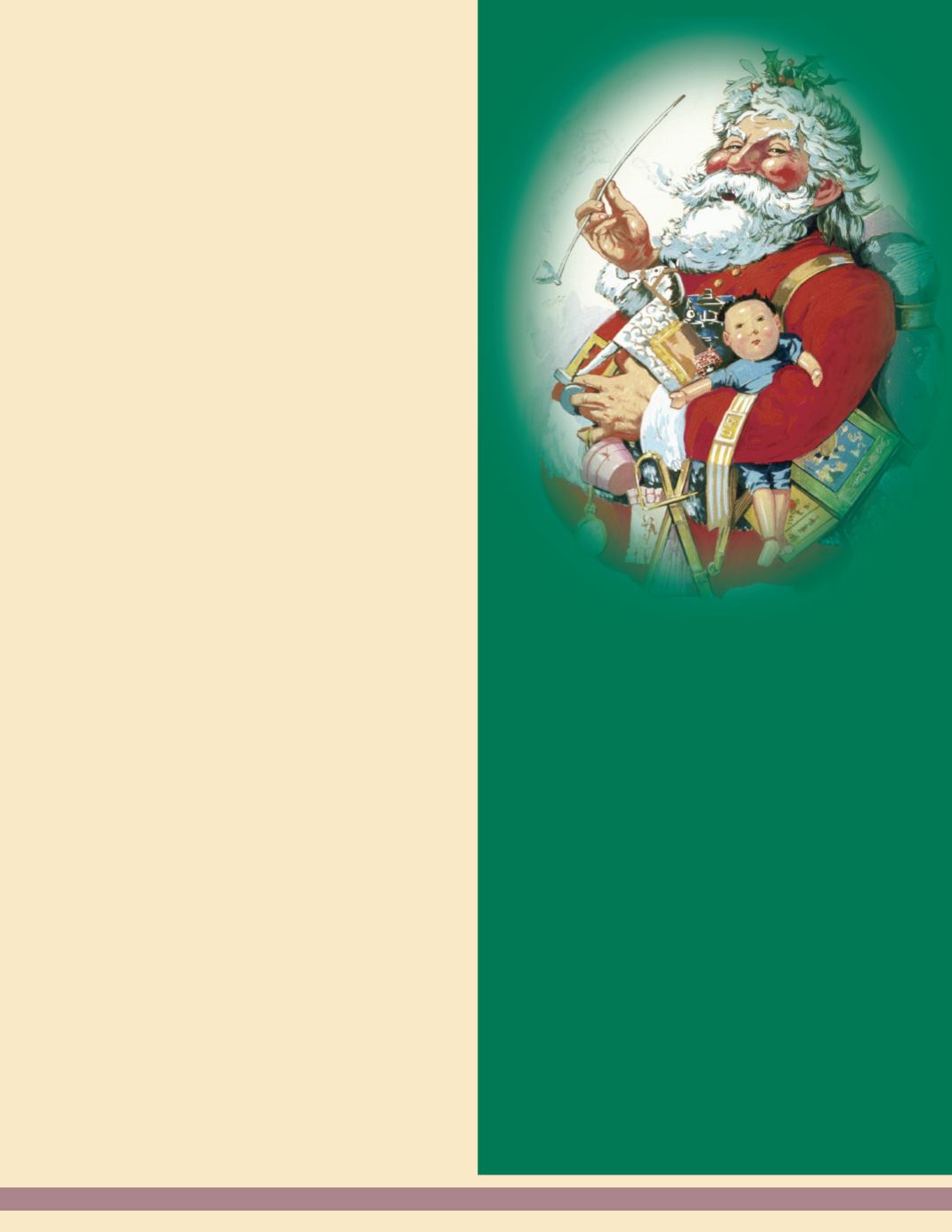
The Dutch now had colonies in Pennsylvania
and New York, sandwiched between the English
settlements inMassachusetts and Virginia. The
English king became very concerned because
explorers for England had claimedmuch of the
land along the Atlantic coast stretchingmany
miles inland.
As a result, in 1664, the English King sent a
fleet of ships and an army to take over the Dutch
colonies. The Dutch surrendered without firing a
shot. Thus, another competing nation was
escorted from the historical stage leaving just
the French and English to
wrangle
over the land.
The Kingmade his brother James, whose title
was the Duke of York, governor over the New
York colony region.
The Swedes and Dutch left their cultural
influences through their architecture, customs,
and names. The Swedes showed other settlers
how to build log cabins. They also introduced the
cow to our colony. Think how important the dairy
industry has been in the agricultural development
of our state. The Dutch brought sleighs and ice
skates to the region. They also introduced St.
Nicholas, who is popularly known as Santa
Claus. The Dutch built homes differently and had
a door that opened in halves. Some Dutch
names have remained on places in the region.
Kill is a Dutch term for creek or stream, such as
Schuylkill River. The word cookie originated from
the Dutch word koekje.
L
ET
’
S
R
EVIEW
1. Which European countries began settlements
along the Atlantic Ocean in North America?
2. How did the Native Americans’ view of land
benefit Europeans’ settlers?
3. Who was Johan Printz?
4. What happened to the Swedish settlements?
5. What happened to the Dutch settlements?
6. Who was the governor of the NewYork colony?
7. What cultural contributions were left by the
Dutch and Swedish settlers?
8. How did the European view of land ownership
create conflict on the North American
continent?
C
HALLENGE
Q
UESTION
1. What gave European countries the right to
claim land already inhabited by American Indian
tribes with their own cultures and customs?
The influence of Pennsylvania’s Dutch and
Swedish settlers can be found inmany words,
places, and traditions today. Sinterklaas is a
traditional holiday figure from these cultures
that helped celebrate the feast of St. Nicholas
on December 6. This generous, red-cladman
with the gray beard became our basis for
Santa Claus.
Thomas Nast was a famous political
cartoonist whomany feel created the image of
Santa Claus we think of today. His cover
illustration for Harper’sWeekly in 1863
depicted Santa Claus in an oversized elf outfit
giving out gifts to soldiers. At this time,
Christmas was not yet a national holiday,
though the tradition of family celebration and
gift giving had been around for centuries. But
with the help of the new imagery of Santa
Claus, the Christmas celebration became the
national holiday that it is today.
This drawing by Thomas Nast in 1881
depicts themodern image of Santa Claus.
S
T
. N
ICHOLAS
Early European Settlements in Pennsylvania
29


